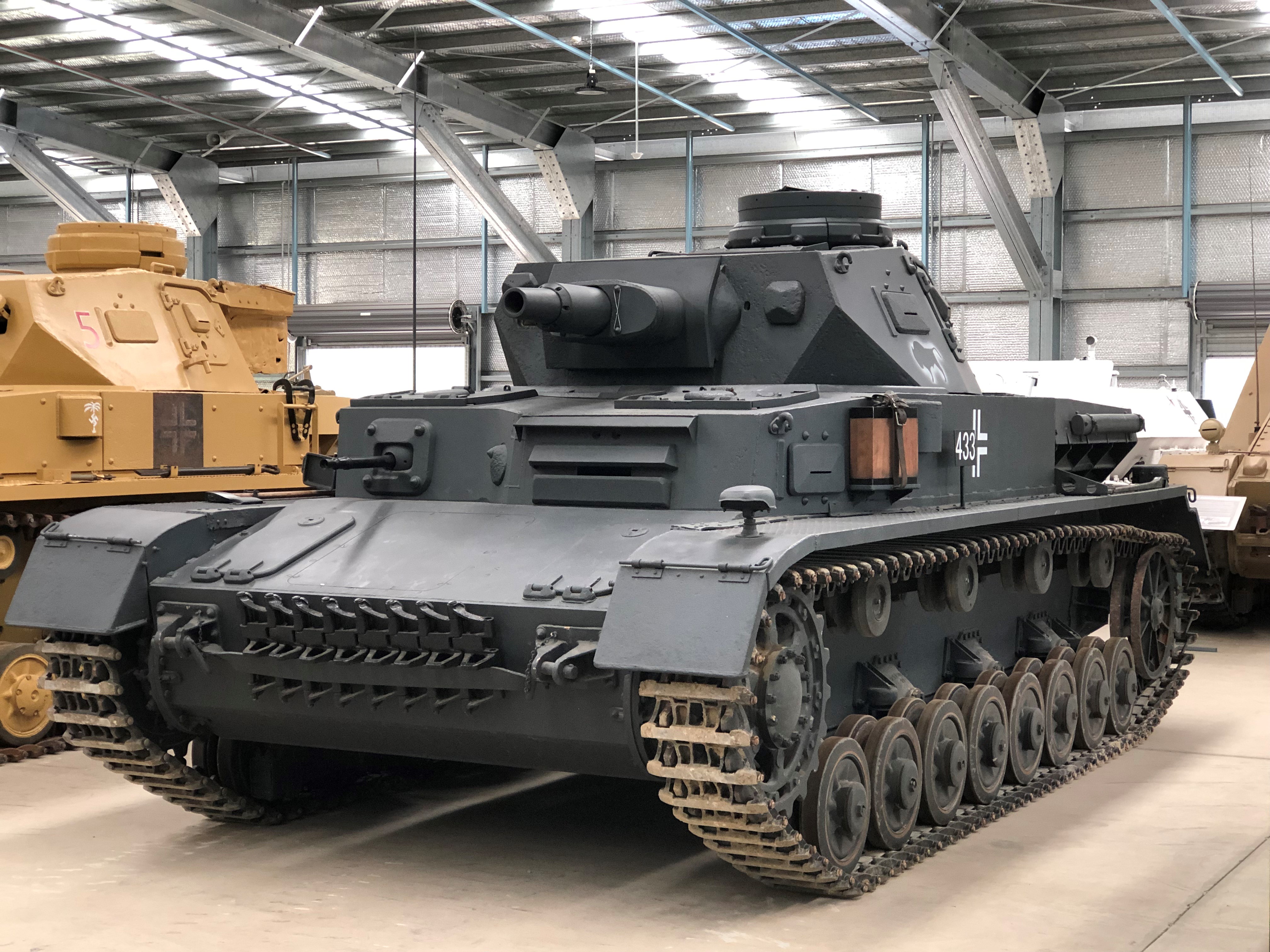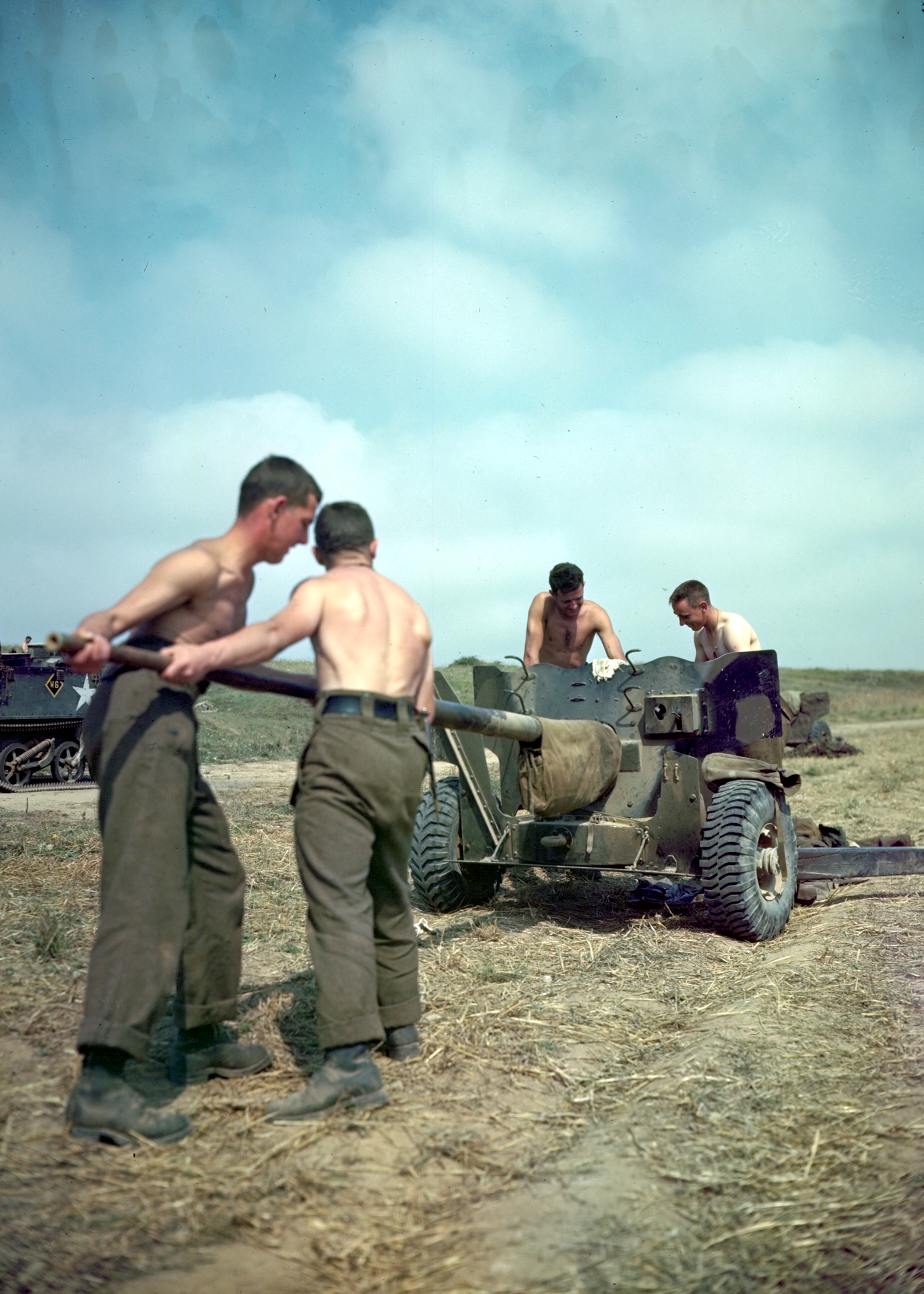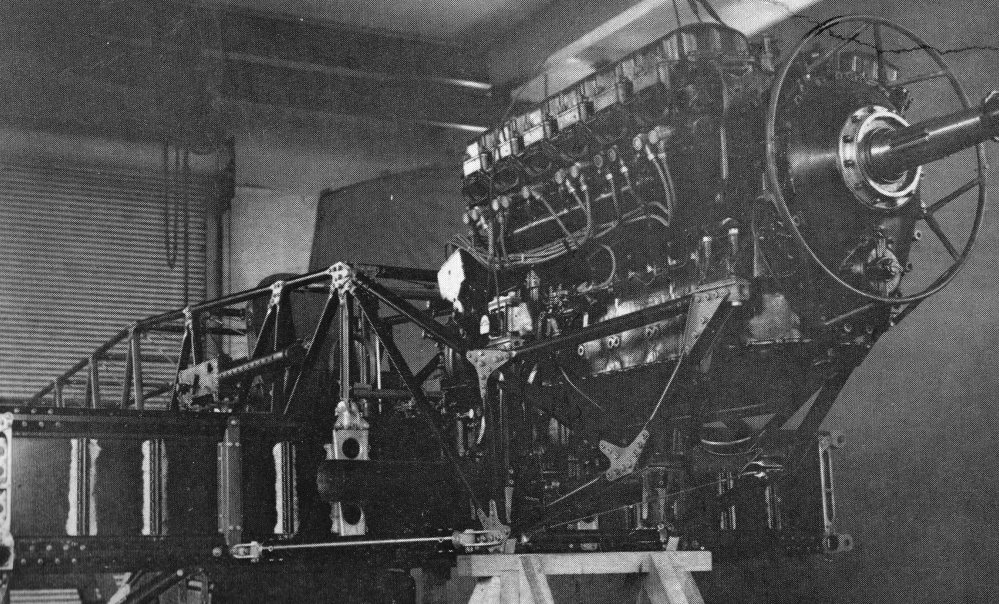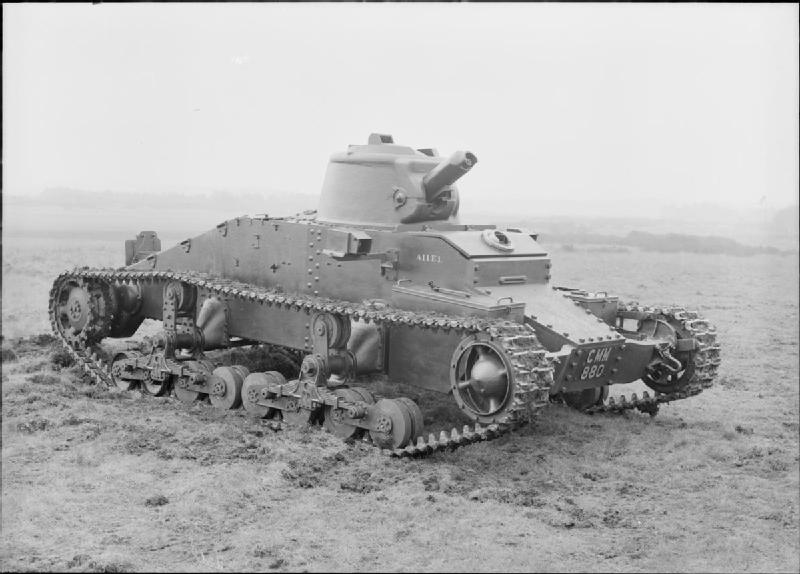|
Second Battle Of Alamein
The Second Battle of El Alamein (23 October – 11 November 1942) was a battle of the Second World War that took place near the Egyptian railway halt of El Alamein. The First Battle of El Alamein and the Battle of Alam el Halfa had prevented the Axis from advancing further into Egypt. In October 1942 Lieutenant-General Bernard Montgomery, commander of Eighth Army, opened his offensive against the Axis forces. In a 13-day battle the Axis '' Panzerarmee Afrika'' was crushed and forced to retreat from Egypt and Libya to the borders of Tunisia. The Allied victory at El Alamein was the beginning of the end of the Western Desert Campaign. The battle ended the Axis threat to the Middle East and Iran and revived the morale of the western Allies, being their first big success against the Axis since Operation Crusader in late 1941. The end of the battle coincided with the Allied invasion of French North Africa in Operation Torch on 8 November, which opened a second front in North Af ... [...More Info...] [...Related Items...] OR: [Wikipedia] [Google] [Baidu] |
Western Desert Campaign
The Western Desert campaign (Desert War) took place in the Sahara Desert, deserts of Egypt and Libya and was the main Theater (warfare), theatre in the North African campaign of the Second World War. Military operations began in June 1940 with the Italian declaration of war and the Italian invasion of Egypt from Libya in September. Operation Compass, a five-day raid by the British in December 1940, was so successful that it led to the destruction of the Italian Tenth Army (Italy), 10th Army (10ª ) over the following two months. Benito Mussolini sought help from Adolf Hitler, who sent a small Nazi Germany, German force to Tripoli, Libya, Tripoli under List of Adolf Hitler's directives, Directive 22 (11 January). The ( Erwin Rommel) was formally under Italian command, as Italy was the main Axis powers, Axis power in the Mediterranean and North Africa. In the spring of 1941, Rommel led Operation Sonnenblume, which pushed the Allies back to Egypt except for the siege of Tobruk at ... [...More Info...] [...Related Items...] OR: [Wikipedia] [Google] [Baidu] |
Wilhelm Von Thoma
Wilhelm Josef Ritter von Thoma (11 September 1891 – 30 April 1948) was a German army officer who served in World War I, in the Spanish Civil War, and as a general in World War II. He was a recipient of the Knight's Cross of the Iron Cross. Thoma is known for his indiscretion while a POW in British captivity, when he unwittingly revealed the existence of the V-1 flying bomb and the V-2 weapons programmes. He was subject to surveillance by British intelligence and while speaking to another German officer, was recorded discussing rockets that were being tested at Kummersdorf West, which he had observed while on a visit that also included ''Generalfeldmarschall'' Walther von Brauchitsch, the Commander-in-Chief of the Army. British reconnaissance flights over Peenemünde Army Research Center in May and June 1943 brought back unmistakable images of rockets at the facility; the subsequent bombing of the site severely disrupted the programme. Military career Wilhelm Ritter von Th ... [...More Info...] [...Related Items...] OR: [Wikipedia] [Google] [Baidu] |
Fiat M13/40
The Carro Armato M13/40 was an Italian World War II tank designed to replace the M11/39 tank, M11/39 in the Royal Italian Army (1940–1946), Royal Italian Army at the start of World War II. It was the primary tank used by the Italians throughout the war. The design was influenced by the British Vickers 6-Ton and was based on the modified chassis of the earlier M11/39. Production of the M11/39 was cut short in order to get the M13/40 into production. The name refers to "M" for ''Medio'' (medium) according to the Italian tank weight standards at the time, 13 tonnes was the scheduled weight and 1940 the initial year of production. Specifications The M13 was constructed of riveted steel plates as follows: 30 mm front (as the M11), 42 mm on turret front (30 mm for the M11), 25 mm on the sides (the M11 had only 15 mm), 6 mm bottom (making it very vulnerable to mines) and 15 mm on top. The crew of four were housed in a forward fighting compartment, with ... [...More Info...] [...Related Items...] OR: [Wikipedia] [Google] [Baidu] |
Panzer IV
The IV (Pz.Kpfw. IV), commonly known as the Panzer IV, is a German medium tank developed in the late 1930s and used extensively during the Second World War. Its ordnance inventory designation was Sd.Kfz. 161. The Panzer IV was the most numerous German tank and the second-most numerous German fully tracked armoured fighting vehicle of the Second World War; 8,553 Panzer IVs of all versions were built during World War II, only exceeded by the StuG III assault gun with 10,086 vehicles. Its chassis was also used as the base for many other fighting vehicles, including the assault gun, the self-propelled anti-tank gun, the and self-propelled anti-aircraft gun, and the self-propelled gun. The Panzer IV saw service in all combat theatres involving Germany and was the only German tank to remain in continuous production throughout the war. The Panzer IV was originally designed for infantry support, while the similar Panzer III was to fight armoured fighting vehicles. However, ... [...More Info...] [...Related Items...] OR: [Wikipedia] [Google] [Baidu] |
Panzer III
The ''Panzerkampfwagen III (Pz.Kpfw. III)'', commonly known as the Panzer III, was a medium tank developed in the 1930s by Nazi Germany, Germany, and was used extensively in World War II. The official German ordnance designation was List of Sd.Kfz. designations, Sd.Kfz. 141. It was intended to fight other armoured fighting vehicles and serve alongside and support the similar Panzer IV, which was originally designed for infantry support. Initially, the Panzer III had the same 3.7 cm gun as the infantry used in an anti-tank role, but later models were given the 5 cm KwK 38 gun. This was the largest gun that could be fitted within the physical limitations of the turret ring, but it turned out to be ineffective against Soviet T-34 and Kliment Voroshilov tank, KV-1 tanks. The Panzer IV, which had a larger turret ring, was redesigned to mount the long-barrelled 7.5 cm KwK 40 gun and became the main German tank instead. Produced from 1942 onwards, the last version of the Panzer III ... [...More Info...] [...Related Items...] OR: [Wikipedia] [Google] [Baidu] |
Panzer II
The Panzer II is the common name used for a family of Nazi Germany, German tanks used in World War II. The official German designation was ''Panzerkampfwagen'' II (abbreviated ''Pz.Kpfw. II''). Although the vehicle had originally been designed as a stopgap while larger, more advanced tanks were developed, it nonetheless went on to play an important role in the early years of World War II, during the Invasion of Poland, Polish and Battle of France, French campaigns. The Panzer II was the most numerous tank in the German Panzer divisions at the beginning of the war. It was used both in North African campaign, North Africa against the Western Allies and on the Eastern Front (World War II), Eastern Front against the Soviet Union. The Panzer II was supplanted by the Panzer III and Panzer IV, IV medium tanks by 1940/1941. By the end of 1942, it had been largely removed from front line service and it was used for training and on secondary fronts. The turrets of the then-obsolete Panzer ... [...More Info...] [...Related Items...] OR: [Wikipedia] [Google] [Baidu] |
Flak
Anti-aircraft warfare (AAW) is the counter to aerial warfare and includes "all measures designed to nullify or reduce the effectiveness of hostile air action".AAP-6 It encompasses surface-based, subsurface ( submarine-launched), and air-based weapon systems, in addition to associated sensor systems, command and control arrangements, and passive measures (e.g. barrage balloons). It may be used to protect naval, ground, and air forces in any location. However, for most countries, the main effort has tended to be homeland defense. Missile defense is an extension of air defence, as are initiatives to adapt air defence to the task of intercepting any projectile in flight. Most modern anti-aircraft (AA) weapons systems are optimized for short-, medium-, or long-range air defence, although some systems may incorporate multiple weapons (such as both autocannons and surface-to-air missiles). 'Layered air defence' usually refers to multiple 'tiers' of air defence systems which, when ... [...More Info...] [...Related Items...] OR: [Wikipedia] [Google] [Baidu] |
Ordnance QF 6 Pounder
The Ordnance quick-firing 6-pounder 7 cwt,British forces traditionally denoted smaller ordnance by the weight of its standard projectile, in this case approximately . The approximate weight of the gun barrel and breech, "7 cwt" (cwt = hundredweight), was included in the designation to distinguish this gun from others also firing a 6 lb projectile. or just 6-pounder, was a British 57 mm gun, serving during the Second World War as a primary anti-tank gun of both the British Army during the Second World War, British and United States Army (as the 57 mm gun M1). It was also used as the main armament for a number of armoured fighting vehicles. Although designed before the start of the war, it did not reach service until the North African Campaign in April 1942, where it replaced the Ordnance QF 2-pounder, 2-pounder as an anti-tank gun, allowing the Ordnance QF 25-pounder, 25-pounder gun-howitzer to revert to its intended artillery role. Development and production Develo ... [...More Info...] [...Related Items...] OR: [Wikipedia] [Google] [Baidu] |
Ordnance QF 2 Pounder
The Ordnance QF 2-pounder ( QF denoting "quick firing"), or simply "2 pounder gun", was a British anti-tank gun and vehicle-mounted gun employed in the Second World War. It was the main anti-tank weapon of the artillery units in the Battle of France and, due to the need to rearm quickly after the Dunkirk evacuation, remained in service during the North African campaign. In its vehicle-mounted variant the 2-pounder was a common main gun on British tanks early in World War II, as well as being a typical main armament of armoured cars, such as the Daimler, throughout the war. As the armour protection of Axis tanks improved, the 2-pounder lost effectiveness and it was gradually replaced by the 57 mm QF 6-pounder starting in 1942. It equipped infantry battalion anti-tank platoons replacing their anti-tank rifles until in turn replaced by 6-pounders but remained in service until the end of the war. This QF 2-pounder was distinctly different from the QF 2 pounder "pom-pom" gun ... [...More Info...] [...Related Items...] OR: [Wikipedia] [Google] [Baidu] |
Hawker Hurricane
The Hawker Hurricane is a British single-seat fighter aircraft of the 1930s–40s which was designed and predominantly built by Hawker Aircraft Ltd. for service with the Royal Air Force (RAF). It was overshadowed in the public consciousness by the Supermarine Spitfire during the Battle of Britain in 1940, but the Hurricane inflicted 60% of the losses sustained by the ''Luftwaffe'' in the campaign, and fought in all the major theatres of the Second World War. The Hurricane originated from discussions between RAF officials and aircraft designer Sir Sydney Camm about a proposed monoplane derivative of the Hawker Fury biplane in the early 1930s. Despite an institutional preference for biplanes and lack of interest by the Air Ministry, Hawker refined its monoplane proposal, incorporating several innovations which became critical to wartime fighter aircraft, including retractable landing gear and the more powerful Rolls-Royce Merlin engine. The Air Ministry ordered Hawker's ''Interce ... [...More Info...] [...Related Items...] OR: [Wikipedia] [Google] [Baidu] |
Supermarine Spitfire
The Supermarine Spitfire is a British single-seat fighter aircraft that was used by the Royal Air Force and other Allies of World War II, Allied countries before, during, and after World War II. It was the only British fighter produced continuously throughout the war. The Spitfire remains popular among enthusiasts. Around List of surviving Supermarine Spitfires, 70 remain airworthy, and many more are static exhibits in aviation museums throughout the world. The Spitfire was a short-range, high-performance interceptor aircraft designed by R. J. Mitchell, chief designer at Supermarine Aviation Works, which operated as a subsidiary of Vickers-Armstrong from 1928. Mitchell modified the Spitfire's distinctive elliptical wing (designed by Beverley Shenstone) with innovative sunken rivets to have the thinnest possible cross-section, achieving a potential top speed greater than that of several contemporary fighter aircraft, including the Hawker Hurricane. Mitchell continued to refine ... [...More Info...] [...Related Items...] OR: [Wikipedia] [Google] [Baidu] |
Infantry Tank
The infantry tank was a tank concept developed by the United Kingdom and France in the years leading up to World War II. Infantry tanks were designed to support infantrymen in an attack. To achieve this, the vehicles were generally heavily armoured to allow them to operate in close concert with infantry even under heavy fire. The extra armour came at the expense of speed, which was not an issue when supporting relatively slow-moving foot soldiers. Once an attack supported by infantry tanks had broken through heavily defended areas in the enemy lines, faster tanks such as cruiser or light tanks were expected to use their higher speed and longer range to operate far behind the front and cut lines of supply and communications. The infantry tank was superseded by the "Universal Tank" concept which could adequately perform the roles of both infantry and cruiser tank, as represented by the Centurion which replaced both the Churchill and any medium or cruiser tanks then in service. ... [...More Info...] [...Related Items...] OR: [Wikipedia] [Google] [Baidu] |









